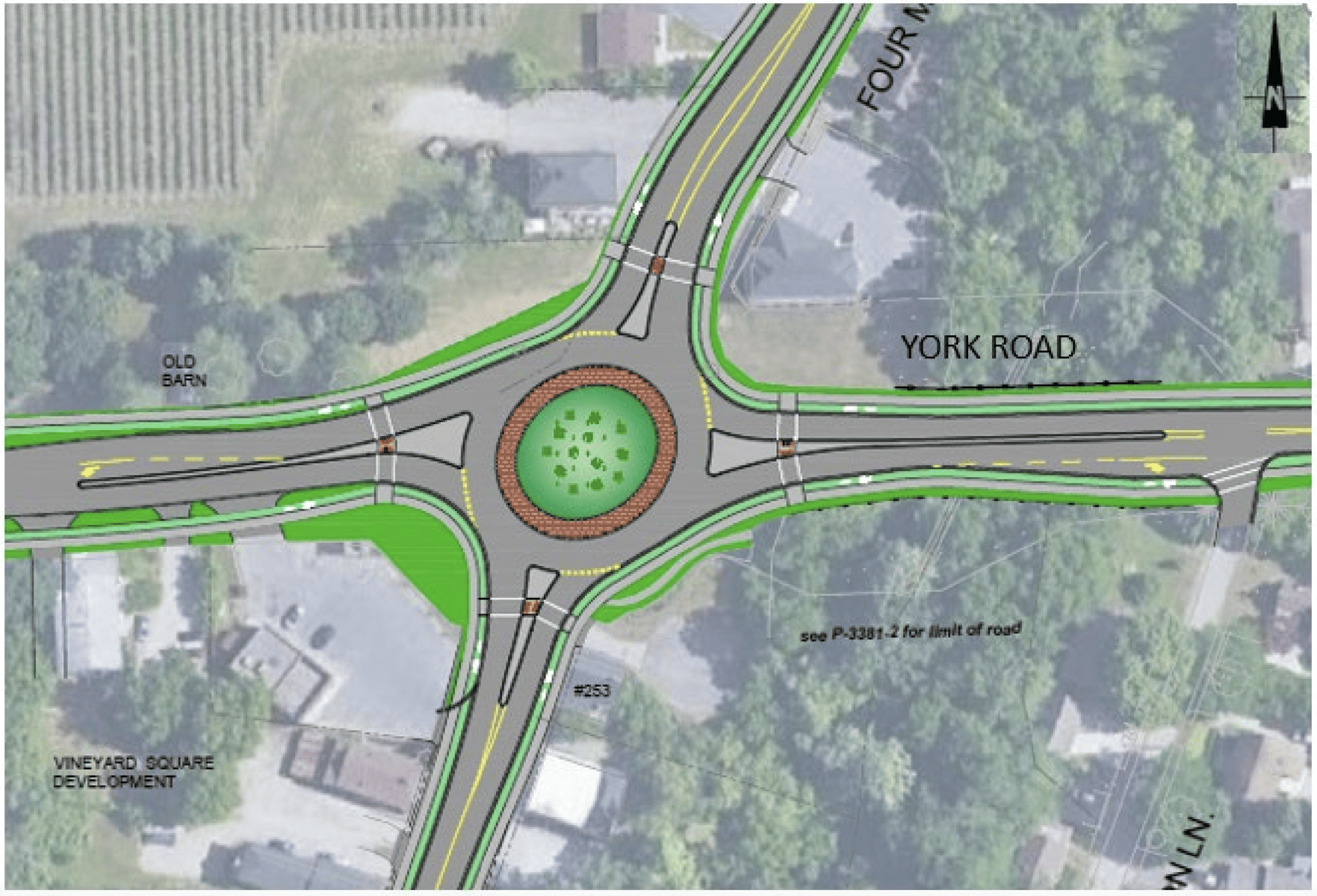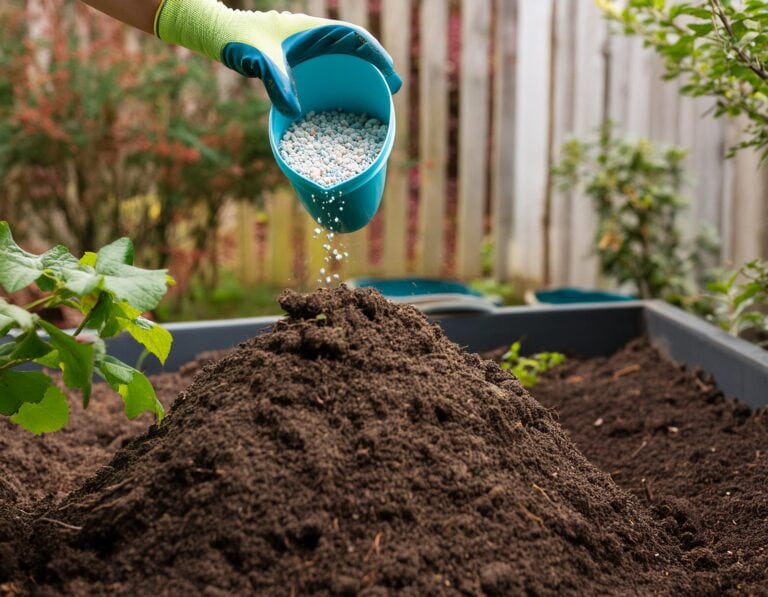Were you aware that Ontario has a Ministry of Red Tape Reduction headed by cabinet minister Parm Gill? And yes, that is the ministry’s actual name.
Apparently, since 2018, we have had an entire government cadre of bureaucrats devoted to reviewing all existing provincial legislation to identify provisions they can eliminate in the quest of “improving services for people, reducing costs for businesses, and making it easier to work with government.”
The minister claims to have achieved “more than $939 million in gross annual compliance cost savings” since 2018, although, one suspects that the annual cost (paid by taxpayers) of operating an entire government ministry easily outstrips these “savings” by a goodly margin.
Of course, these cost savings are a fun-with-numbers estimate regarding the savings enjoyed by “tangible time and cost savings for businesses” (a quote from our provincial government’s webpage: ontario.ca/page/ministry-red-tape-reduction), which, of course, was in no way influenced by any public relations agenda.
So, the taxpayer costs to underwrite this provincial ministry are not considered, nor are the additional financial expenses that have devolved upon the lower tiers of government required to be “compliant” while still attempting to do their job for their local constituency.
As a point of clarification, I am a huge fan of lean government and believe that existing in-force legislation is overly cumbersome, complicated and far too intrusive into the fabric of our society.
That said, it is also my opinion that any partisan overture to reduce “red tape” and government oversight (responsibility) will be intrinsically flawed by the ruling party’s political agenda.
In this, I am reminded of former Ontario premier Mike Harris’ legislation that gutted the province’s environmental legislation and laid off over 37 per cent of the frontline staff, thereby directly contributing to, and resulting in, the Walkerton water supply E. coli disaster during the early months of this century.
Again, it is impossible for any party who forms government to simply “pay their pipers” without unanticipated (or sometimes, understood and acceptable “collateral damage”) impact on the people and province of Ontario.
All that said, on Oct. 19, the first reading of the Ministry of Red Tape’s new omnibus Bill 139 — labelled the “Less Red Tape, More Common Sense Act” — was introduced into the House. A week later, on Oct. 26, this bill passed a second reading.
One of the three dozen or so items included in this piece of legislation were changes to Section 33 of the Ontario Heritage Act and O.Reg. 385/21, “which would require that municipalities consent, without terms and conditions, to proposed alterations to buildings on designated properties, where the building is primarily used for religious practices, the heritage attributes to be altered are connected to religious practices, the alterations are required for religious practices and all other conditions of the proposed legislative and regulatory amendments are met. The proposal would also reduce application requirements and shorten decision-making timelines.”
The government’s stated objective for making these changes, as described in the proposal details on the Environmental Registry of Ontario’s website, “is to provide certainty and shorter timelines for religious organizations, Indigenous communities and Indigenous organizations to move forward with proposed alterations required for religious practices, in situations where the requirements of the provision are met.”
The proposal details continue: “The changes would ensure that they can continue their religious practices or Indigenous religious or spiritual practices with limited interruptions or complications should they need to alter a property designated under the (Ontario Heritage Act).”
Now, here is the interesting thing: of the over 5,000 historic “places of worship” that the Ontario Heritage Trust (a section of the province’s Ministry of Citizenship and Multiculturalism) has inventoried to date, only 790 are heritage designated.
Further, only a tiny fraction of these buildings may be suggested to have a principally Indigenous congregation (despite the government’s generous sprinkling of “Indigenous” throughout their justifications).
Finally, I have not been able to find a single case of an application to renovate one of these designated places of worship — which was holding regular religious services — that was denied in the last ten years.
I confess to being unable to understand why tax dollars have been spent to alter the Ontario Heritage Act for a comparative handful of buildings which have not encountered a problem vis-à-vis applications to renovate.
Is there an agenda here which is not readily evident to the person on the street?
I am aware that, due to steadily shrinking congregations, many religious organizations are finding it difficult to maintain these places of worship.
Many are exploring potential adaptive reuse options for a portion of the buildings to generate operating revenues (the Anglican Diocese of Ottawa commissioned a study by Queen’s University, for example), but the provisions of the changes to the Ontario Heritage Act do not encompass this.
Being a cynic, I suspect it is the “thin edge of the wedge” by a government that wishes to weaken the act and the authority this legislation devolves upon municipalities.
Keep in mind that Premier Doug Ford’s government has, amongst other things, made it more difficult to designate a building and effectively eliminated the ability of municipalities to “list” buildings of historic value (a process that helps to expedite designation).
Consider that this change would “require municipalities to consent, without terms and conditions” to an application.
In a broader sense, if used as a legislative precedent, requiring consent removes the authority of the municipality to make a decision, nor can the municipality establish any limiting criteria (such as preservation of a heritage attribute) associated with consent.
Should this be a precedent and used as such for future modifications to the Ontario Heritage Act, heritage preservation in this province would be a thing of the past (and sincerely, no pun is intended).
On June 30 of last year, the Arch-i-text column was titled “Marching backward on heritage protection”… something tells me this is another step backwards in that march.
On another note, there is the ongoing assault on the St. Davids settlement area by the region’s drive to get provincial infrastructure funding to build a roundabout.
Although it will adversely affect local businesses, expropriate land, impinge on surface water flows, make simple crossing of York and Four Mile Creek roads a somewhat scary undertaking and create either a concrete hub or another feeble flower bed the town will have to maintain and etcetera, those considerations do not seem to matter.
I travel both of these roads through St. Davids on a regular basis and have yet to encounter “congestion” of more than three cars lined up to go through the stop sign.
A lot like that diverging diamond mess in Glendale which, two weekends ago created a lineup of cars attempting to take the Glendale cutoff that stretched well back onto the QEW itself, and simply confuses the blazes out of most visitors (and a few locals too).
Our tax dollars “at work” in ways that simply make me wonder.
Brian Marshall is a NOTL realtor, author and expert consultant on architectural design, restoration and heritage.










